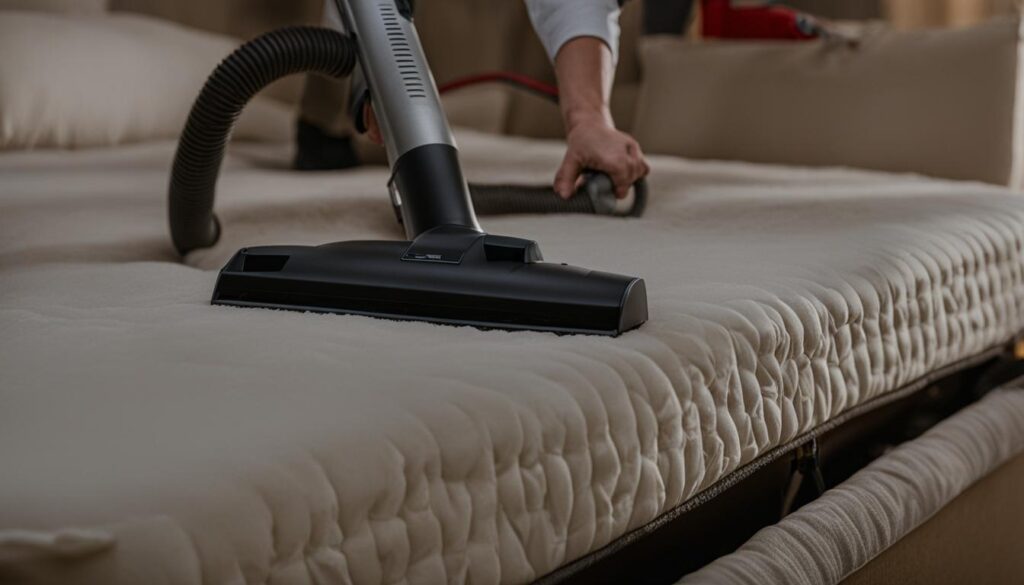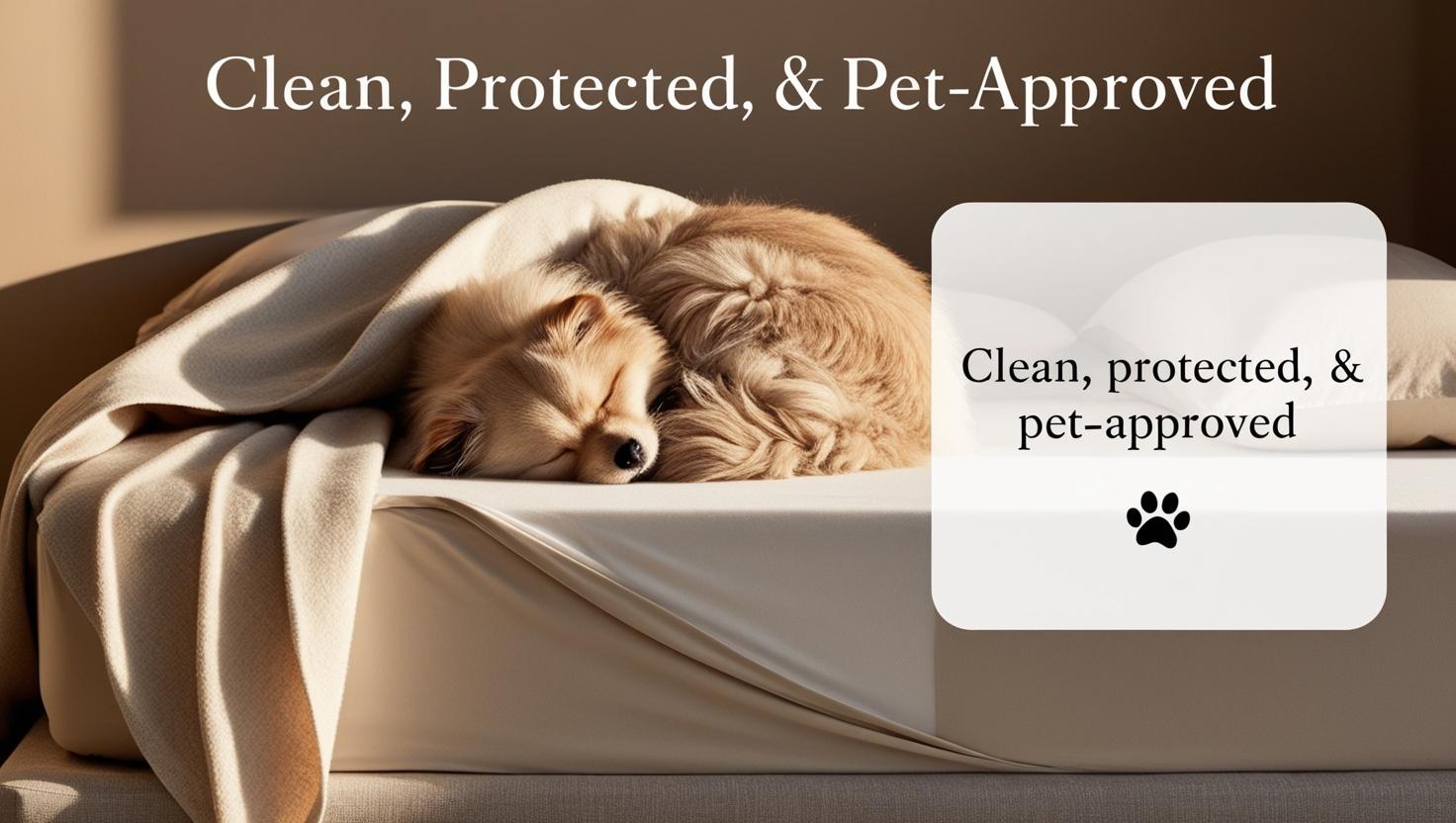How to Clean a Soiled Mattress Fast & Easy
A soiled mattress doesn’t have to mean sleepless nights. With the right tools and a bit of know-how, you can tackle even the worst stains and odors. This guide shows you exactly how to clean a soiled mattress, restore freshness, and prevent future messes—so you can sleep clean and worry-free. For a deeper dive into sleep hygiene, check out our mattress hygiene guide.

Key Takeaways
- Clean spills and stains quickly to prevent permanent damage.
- Natural cleaning solutions like vinegar and baking soda are mattress-safe and effective.
- Proper drying is essential to prevent mold and mildew growth.
- Steam cleaning can refresh your mattress when surface cleaning isn’t enough.
- Use a waterproof mattress protector to prevent future soiling.
- Routine mattress cleaning every 6 months keeps your bed hygienic.
Why It’s Important to Clean Your Mattress
Your mattress is where you spend nearly a third of your life. Over time, it accumulates sweat, body oils, dead skin cells, allergens, and spills. Left untreated, these can cause odors, discoloration, and even respiratory issues. Learning how to clean a soiled mattress helps protect your health, extend mattress life, and improve sleep quality.
According to experts, a clean mattress can improve indoor air quality and reduce allergies. To learn how bedding impacts your sleep environment, visit our bedding refresh guide.
Supplies You’ll Need
Gather your supplies before cleaning to make the process easier and more effective:
- Wet/dry vacuum – Removes excess moisture and debris.
- Gloves – Protects your hands during cleaning.
- Spray bottle – For applying cleaning solutions evenly.
- Cleaning agents – Vinegar, hydrogen peroxide, dish soap, or enzymatic cleaner.
- Baking soda – Neutralizes odors and absorbs moisture.
- Laundry detergent or upholstery shampoo – Helps with deep cleaning.
- Cloth or sponge – For blotting stains gently.
- Soft brush – Loosens dirt without damaging fabric.
- Steam cleaner (optional) – For heavily soiled mattresses.
How to Clean Common Mattress Stains
From pet accidents to food spills, here’s how to clean a soiled mattress safely:
Urine Stains
Act quickly. Blot excess liquid, then spray with a mix of hydrogen peroxide, dish soap, and baking soda. Let sit for 8 hours before vacuuming.
Pro Tip: Always patch test before applying solutions to the whole mattress.
Removing Odors
Mix equal parts vinegar and water, lightly mist the area, and let it dry. Sprinkle baking soda afterward and vacuum once dry.

Deep Cleaning with Steam
Use a steam cleaner in short bursts to sanitize. Avoid over-wetting the mattress and allow plenty of drying time with fans or open windows. For more details, see Real Simple’s steam cleaning guide.
Dealing with Fresh Spills
Blot the spill immediately, cover with baking soda, let sit, then vacuum thoroughly.

Preventing Future Mattress Stains
A waterproof mattress protector creates a washable barrier against spills and allergens. It’s a simple way to prolong mattress life. Explore our mattress protector guide for top picks.
When to Hire a Professional
If stains or odors persist, call a professional—especially for:
- Deep-set biological stains (blood, vomit)
- Persistent odors
- Severe allergen or mold issues
The Sleep Foundation shares advice on professional mattress cleaning.
FAQ
- How often should I clean my mattress?
- Ideally every 6 months, more often if you have pets or allergies.
- Can I use bleach on my mattress?
- No, bleach can damage fabric and leave harmful odors.
- How long does a mattress take to dry?
- Anywhere from 4–24 hours depending on airflow and method used.
- Can I wash my mattress cover?
- Yes, most are machine-washable. Check the care label for instructions.
Cozy Wrap-Up
Learning how to clean a soiled mattress is about more than stain removal—it’s about protecting your health and sleep quality. With the right techniques and regular upkeep, your bed can stay fresh, clean, and cozy year-round. For more expert tips, visit Cozy Bed Quarters.
Related reading from Cozy Bed Quarters
Other reading we found popular
- Sleep Foundation – Mattress Cleaning Tips
- Eachnight – Mattress Cleaning Guide
- The Spruce – Mattress Cleaning Tutorial
- Apartment Therapy – Mattress Care Tips



